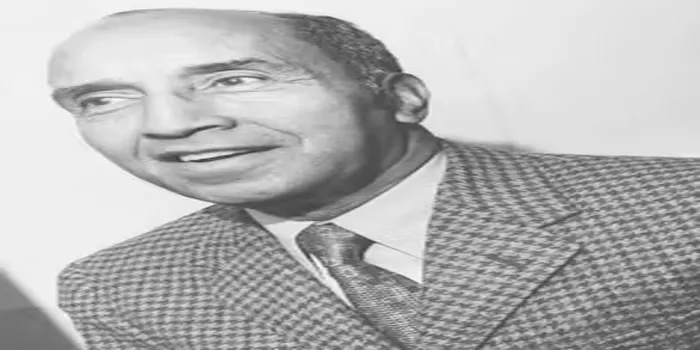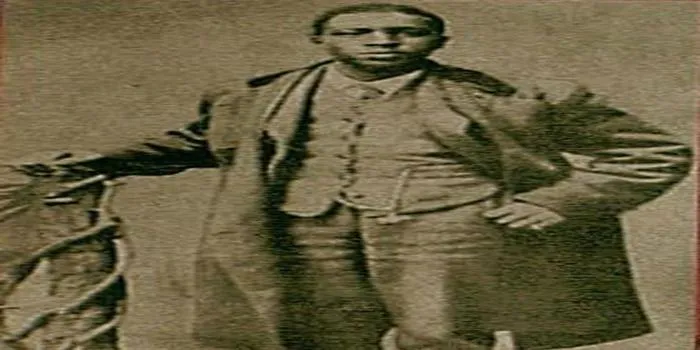- Home >
- Sport
- > Activities
How baseball’s first commissioner led a conspiracy of silence to preserve baseball’s color line
Baseball’s first commissioner, Kenesaw Mountain Landis, played a crucial role in maintaining the sport's color barrier by fostering a culture of silence around racial integration. His leadership ensured that the existing segregation was upheld, effectively sidelining discussions about including Black players. Simultaneously, "The Big Apple" explores the origins of nicknames for nine major cities, revealing how cultural, historical, and geographic factors contributed to their identities, reflecting the unique characteristics and stories that define each locale.

The Role of Kenesaw Mountain Landis in Maintaining the Color Line
Kenesaw Mountain Landis, appointed as baseball’s first commissioner in 1920, played a pivotal role in shaping the future of Major League Baseball (MLB) during a transformative period. His influence extended beyond mere governance; he became a key figure in the preservation of the color line that segregated the sport for decades. This article delves into the conspiracy of silence fostered by Landis and the implications it had on the integration of baseball.
The Historical Context of the Color Line
The color line in baseball represented the unwritten rule that barred African American players from participating in Major League Baseball. This exclusion began in the late 19th century and was firmly entrenched by the time Landis took office. The ramifications of this segregation were felt not only by players but also by fans and entire communities. Understanding this context is essential to grasping the significance of Landis’s actions.
Kenesaw Mountain Landis’s Background and Appointment
Before becoming commissioner, Kenesaw Mountain Landis was a federal judge known for his strict demeanor and strong sense of justice. His appointment as MLB commissioner came in the aftermath of the 1919 Black Sox Scandal, where eight Chicago White Sox players were accused of throwing the World Series. Landis was tasked with restoring the integrity of the game, a mission that he approached with a heavy hand.
The Conspiracy of Silence
Landis’s tenure was marked by a conspicuous silence regarding the issue of racial integration. Rather than challenging the status quo, he maintained the existing color line under the guise of preserving the game’s integrity. By ignoring the contributions of African American players who were excelling in the Negro Leagues, Landis effectively silenced a growing movement advocating for equality in baseball.
Landis's Justifications
Landis used various justifications for maintaining the color line. He claimed that allowing African American players into the majors would disrupt the game and alienate a significant portion of its fanbase. This rationale was rooted in a broader societal belief in racial segregation and reflected the prevailing attitudes of the time. Landis’s approach not only upheld discriminatory practices but also perpetuated the myth that baseball was fundamentally a white man’s game.
The Consequences of the Color Line
The decision to uphold the color line had far-reaching consequences for baseball and American society. African American players were forced to seek opportunities in the Negro Leagues, where they showcased extraordinary talent but received far less recognition and financial reward than their white counterparts. This division not only stunted the careers of countless gifted athletes but also deprived MLB fans of witnessing some of the greatest players in the history of the sport.
Resistance to Integration
Despite the prevailing atmosphere of silence, there were individuals and organizations that opposed Landis’s stance. Players like Jackie Robinson and Satchel Paige became symbols of the fight against segregation in baseball. Their struggles were often met with resistance, as the color line remained firmly in place for years, driven by the policies supported by Landis.
The Shift Towards Integration
It wasn’t until 1947, long after Landis’s death in 1944, that significant progress was made towards integration with Robinson’s debut in MLB. The breaking of the color barrier marked a turning point in baseball history, paving the way for future generations of players from diverse backgrounds. The legacy of Landis, however, lingers as a reminder of the challenges faced in the fight for equality within the sport.
Impact on Modern Baseball
Today, the influence of Landis and the historical color line is still felt in Major League Baseball. The league has made strides toward diversity and inclusion, yet the shadows of segregation remind us of the importance of acknowledging the past. Current initiatives aimed at promoting equity and representation in baseball can be traced back to the struggles of those who fought against the color line.
Conclusion: Reflecting on Landis's Legacy
Kenesaw Mountain Landis’s role as baseball's first commissioner is a complex narrative that intertwines with the broader historical context of race relations in America. His deliberate conspiracy of silence to maintain the color line reflects not only his personal beliefs but also the societal norms of his time. As we continue to celebrate the rich tapestry of baseball, it is crucial to recognize the contributions of all players, regardless of race, and to understand how the past shapes the present. Acknowledging these truths is essential for fostering a more inclusive future in baseball.
Key Takeaways
The legacy of Kenesaw Mountain Landis serves as a reminder of the struggles faced in the fight for racial equality in sports. Understanding this history is vital for appreciating the progress made and the ongoing efforts to create an inclusive environment in Major League Baseball.
| Key Figures | Contributions | Impact on Baseball |
|---|---|---|
| Kenesaw Mountain Landis | Maintained the color line | Prolonged segregation in baseball |
| Jackie Robinson | Broke the color barrier | Paved the way for African American players |
| Satchel Paige | Prominent player in Negro Leagues | Highlighted the talent of black players |












